Omnivorous filter feeders feed mainly on diatoms, larvae of other crustaceans
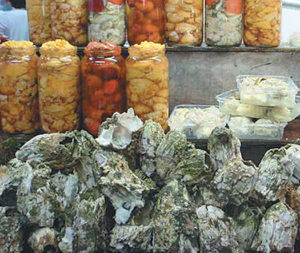
Aquaculture activities began in Chile at the end of the 19th century with the introduction of trout and carp species, and the installation of oyster and mussel culture centers in the southern section of the country. Commercial-scale aquaculture began around 30 years ago. At present, 13 species are cultured, of which only six are native to Chile.
Over the past 15 years, aquaculture in Chile has increased exponentially, with approximately 1,000 culture sites throughout the country that generate an average of 600,000 metric tons (MT) annually (Fig. 1). About 80 percent of the production corresponds to salmonids. Several mollusks are also produced, including the Chilean blue mussel, giant mussel, ribbed mussel, Chilean oyster, Pacific oyster, northern scallop, and red abalone.
A consolidated industry producing the red algae Gracilaria chilensis has been developed, with annual production fluctuating 30,000 to 100,000 MT. Projections for the year 2010 forecast an annual production of 1 million MT.
Strategies to expand Chilean aquaculture focus on opening new markets, fundamentally in Asia and Europe; quality control by certification of products in accordance with international standards; clean production and increased value adding for export products; improved human resources; and improvement of the regulatory framework that controls the activity.
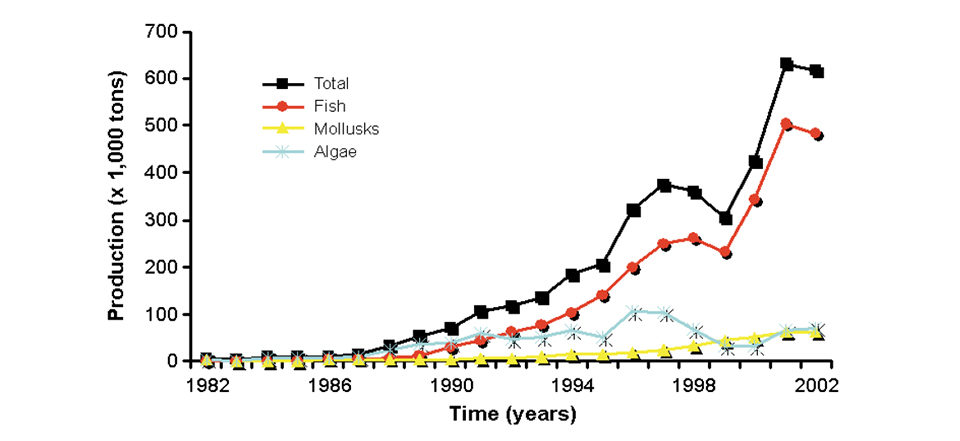
Aquaculture diversification
Diversification of Chilean aquaculture has concentrated on the development of viable production for various endemic marine invertebrates. Chile has around 70 species of invertebrates considered commercially important in export markets, but which at present are extracted on a small scale by local fishermen. Most of the species are affected by overexploitation of natural banks, low and inconsistent production volumes, and limited value adding.
The eventual culture of endemic species like keyhole limpets, octopuses, clams, sea urchins, whelks, Chilean abalones, sea cucumbers, and giant barnacles – creatures currently cultivated only on an experimental or pilot scale – offers several advantages. In addition to programming production levels and improving quality, it will be possible to decrease fishing pressure on natural populations.
Giant barnacle culture
There are few commercially important barnacles in the world. Some giant barnacles are consumed locally in the Canary Islands and along the California, USA, coast. In Japan, a smaller species reaches prices of $12 to 16 per kg. Worldwide, cirriped culture is a unique activity with few reports beyond those of experimental suspended systems of goose barnacles, (Pollicipes cornucopia), on the coast of Galicia, Spain.
One of the species that could be commercially cultured in Chile is the giant barnacle (Austromegabalanus psittacus). Distributed along the entire Chilean coastline, including the Juan Fernández archipelago, it forms large hummocks in the subtidal zone that can reach a height of 30 cm.
Fisheries activities related to this species have undergone drastic changes over the past 30 years, as reflected in decreasing catch volumes that presently fluctuate 200 to 700 metric tons per year. Latitudinal displacement has also occurred with respect to the main catch zones. Giant barnacle consumption is fundamentally fresh, frozen, or canned. Frozen prices can reach $5.40 per kilograms.
Culture characteristics
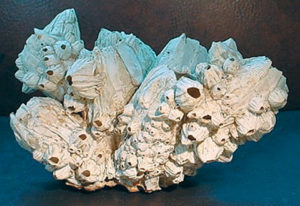
The giant barnacle is a luxury product that has received awards in national and international gastronomic events. A number of advantages favor its culture in both intensive and semi-intensive systems.
Wild spat can be obtained year-round using different types of substrate, although supply peaks during the spring over short periods in surface waters. Giant barnacles are omnivorous filter feeders that feed mainly on diatoms and larvae of other crustaceans, and therefore do not require exogenous food supplies.
The giant barnacle is a gregarious species that can be cultured at high densities. The animals can minimize the negative effects of crowding by modifying their shell bases, depending on substrate availability and recruitment intensity. The high growth rate of the species means it is possible to obtain commercial-size individuals with 3.5-cm carino-rostral lengths in two to three years. The barnacles are highly resistant to manipulation and extreme conditions like emersion and can therefore be transported live.
A simultaneous hermaphrodite, A. psittacus matures at a small size. Mature individuals can be found six months after postlarval settlement. The barnacles are fertile – carrying about 1 million eggs per individual. They possess internal fertilization and incubation up to the nauplius 1 larval stage, which favors early survival of descendents and mass larval production.
Market potential
The cement that bonds the six plates to the shell of giant barnacles could be an industrial product that resists temperatures as high as 3,000 degrees-C and pressure of 500 kilograms per square cm. It cannot be dissolved by strong acids and alkali substances. Barnacle shells have been used as a model for bioceramics.
In a project supported by the Chilean government and private aquaculture companies for the Promotion of Scientific and Technological Development, attempts are being made to develop production technologies for obtaining giant barnacle spat and promoting its growth in suspended systems with natural food and tanks with artificial food. Further research is exploring the external market potential of barnacle products. The achievements with barnacles are also stimulating the development of culture technologies for other endemic species.
(Editor’s Note: This article was originally published in the April 2005 print edition of the Global Aquaculture Advocate.)
Now that you've reached the end of the article ...
… please consider supporting GSA’s mission to advance responsible seafood practices through education, advocacy and third-party assurances. The Advocate aims to document the evolution of responsible seafood practices and share the expansive knowledge of our vast network of contributors.
By becoming a Global Seafood Alliance member, you’re ensuring that all of the pre-competitive work we do through member benefits, resources and events can continue. Individual membership costs just $50 a year.
Not a GSA member? Join us.
Authors
-
Daniel A. López
Departamento de Acuicultura y Recursos Acuáticos
Universidad de Los Lagos
Casilla 933
Osorno, Chile -
Boris A. López
Departamento de Acuicultura y Recursos Acuáticos
Universidad de Los Lagos
Casilla 933
Osorno, Chile -
María L. González
Departamento de Acuicultura y Recursos Acuáticos
Universidad de Los Lagos
Casilla 933
Osorno, Chile -
Sergio E. Arriagada
Departamento de Acuicultura y Recursos Acuáticos
Universidad de Los Lagos
Casilla 933
Osorno, Chile
Related Posts
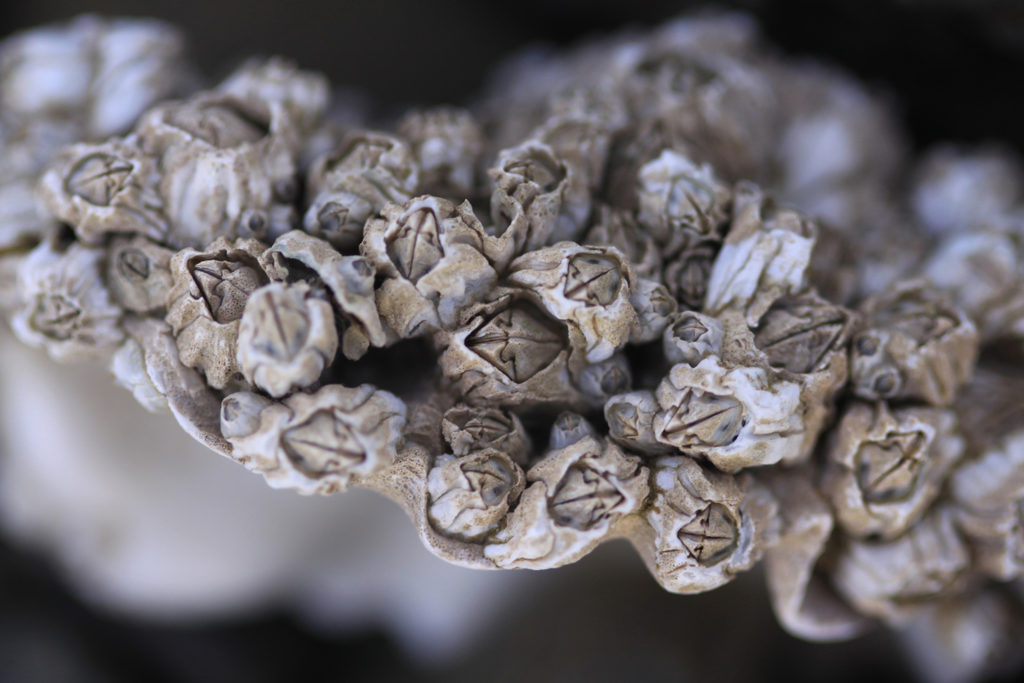
Aquafeeds
Barnacles to shake up live feeds for aquaculture?
Norwegian startup Planktonic AS believes that it has hit upon a viable alternative to traditional live diets in the form of nauplii from barnacles.
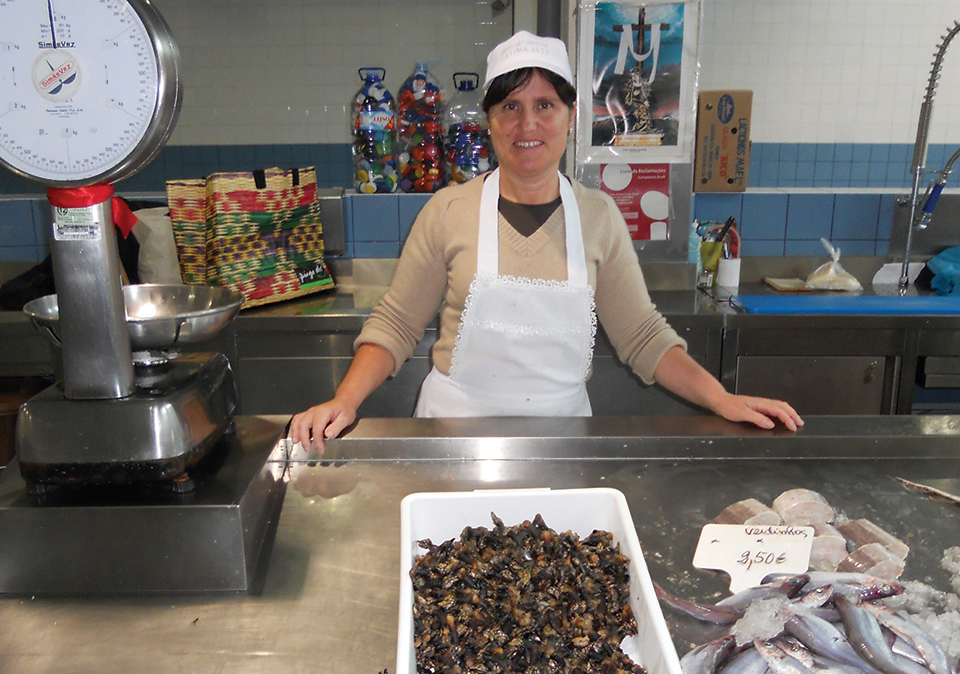
Health & Welfare
Stalked barnacles hold aquaculture potential, but face bottlenecks
Interest in the aquaculture of stalked barnacles has risen in recent years as a response to increasing market demand and concern over the conservation of natural stocks. Is there enough knowledge, however, to establish the culture of stalked barnacles?
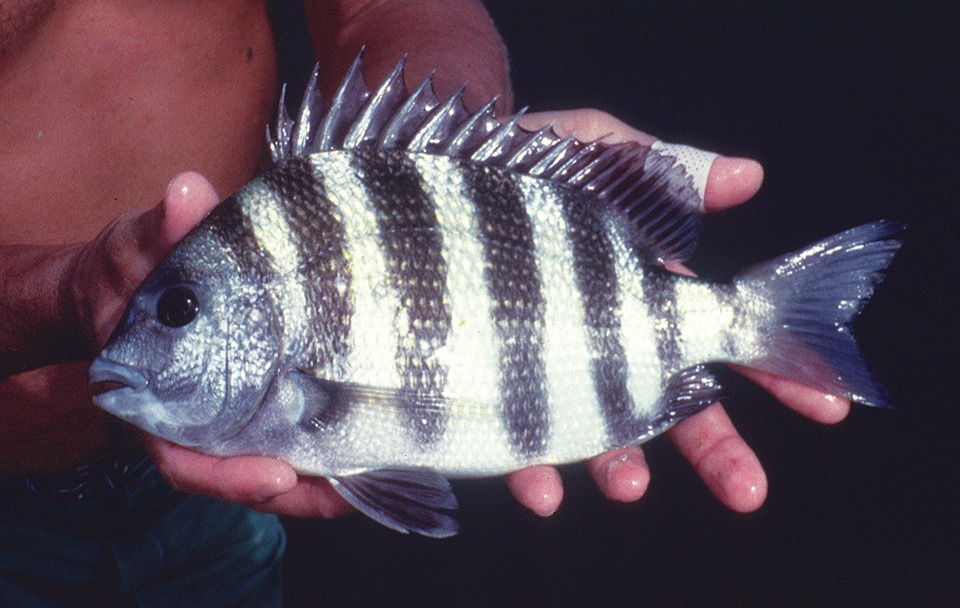
Health & Welfare
Sheepshead: American sea bream shows culture potential
Sheepshead are robust, adaptable, omnivorous fish that are cheap to feed and can be grown in ponds, cages, tanks or raceways in saltwater or freshwater.
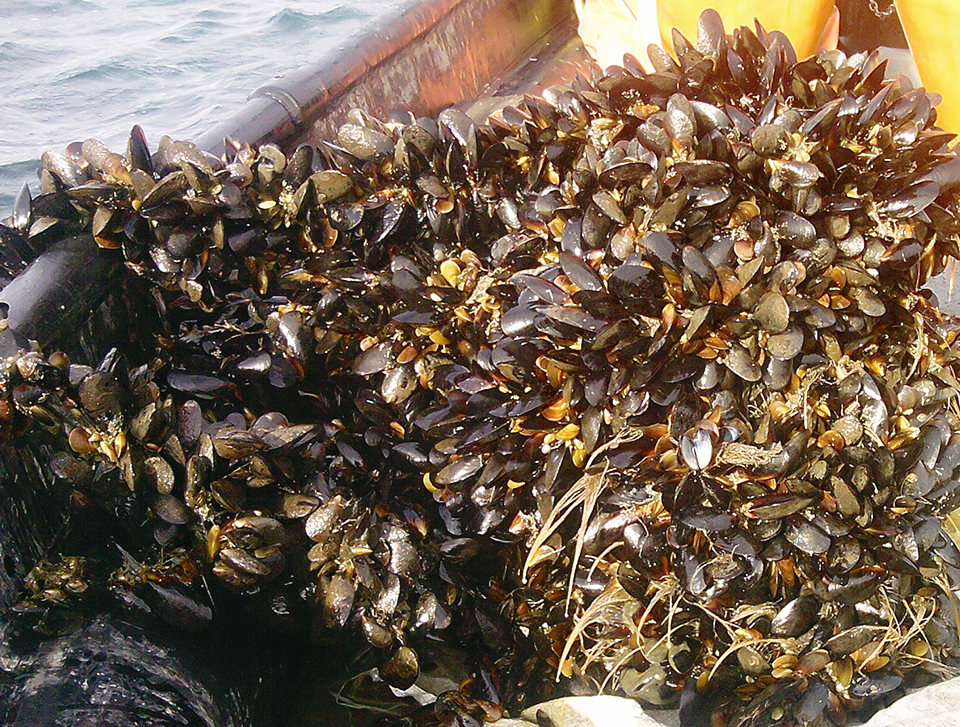
Intelligence
An overview of mussel culture in Chile
While Chile’s mussel industry has entered a growth phase, challenges remain, especially in the seed production and grow-out components. This contrasts with the well-developed nature of the country’s processing plants and marketing outlets.


